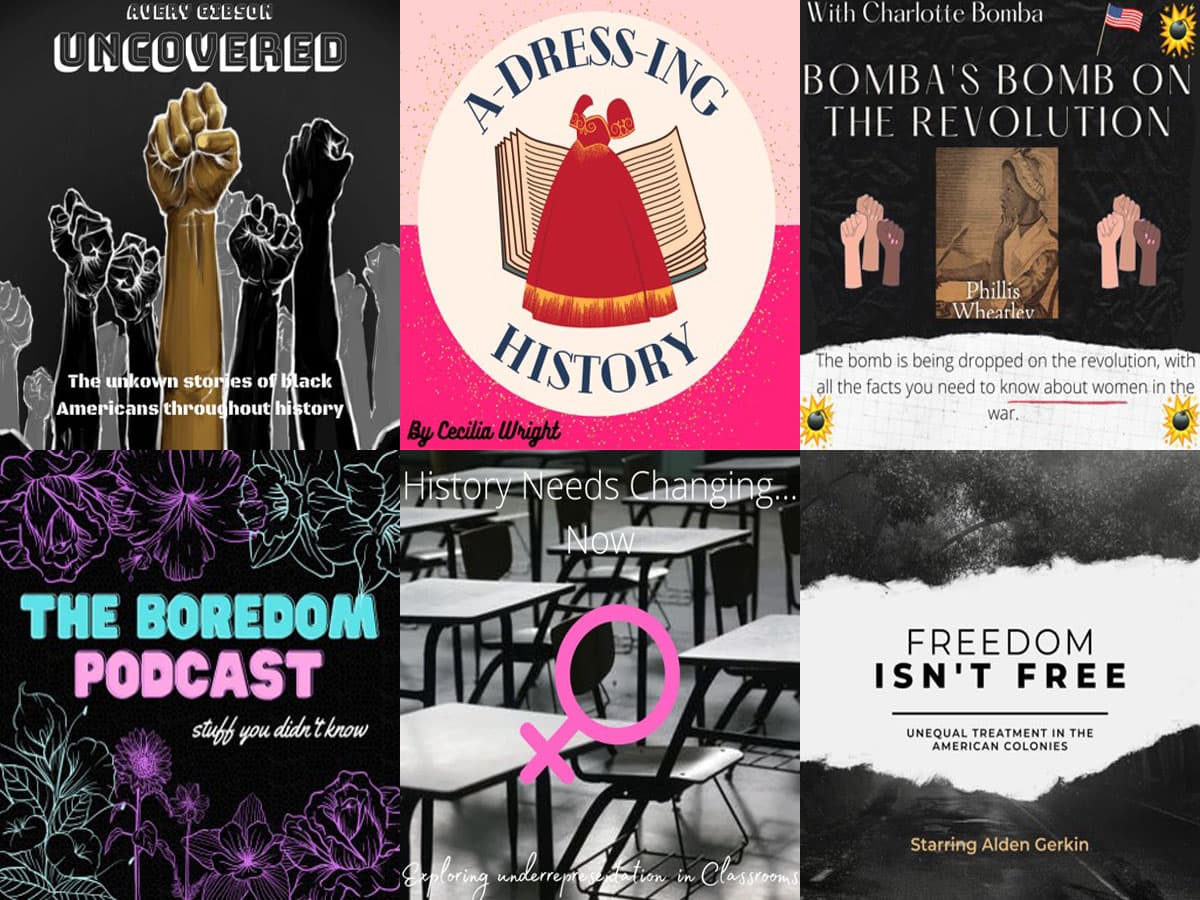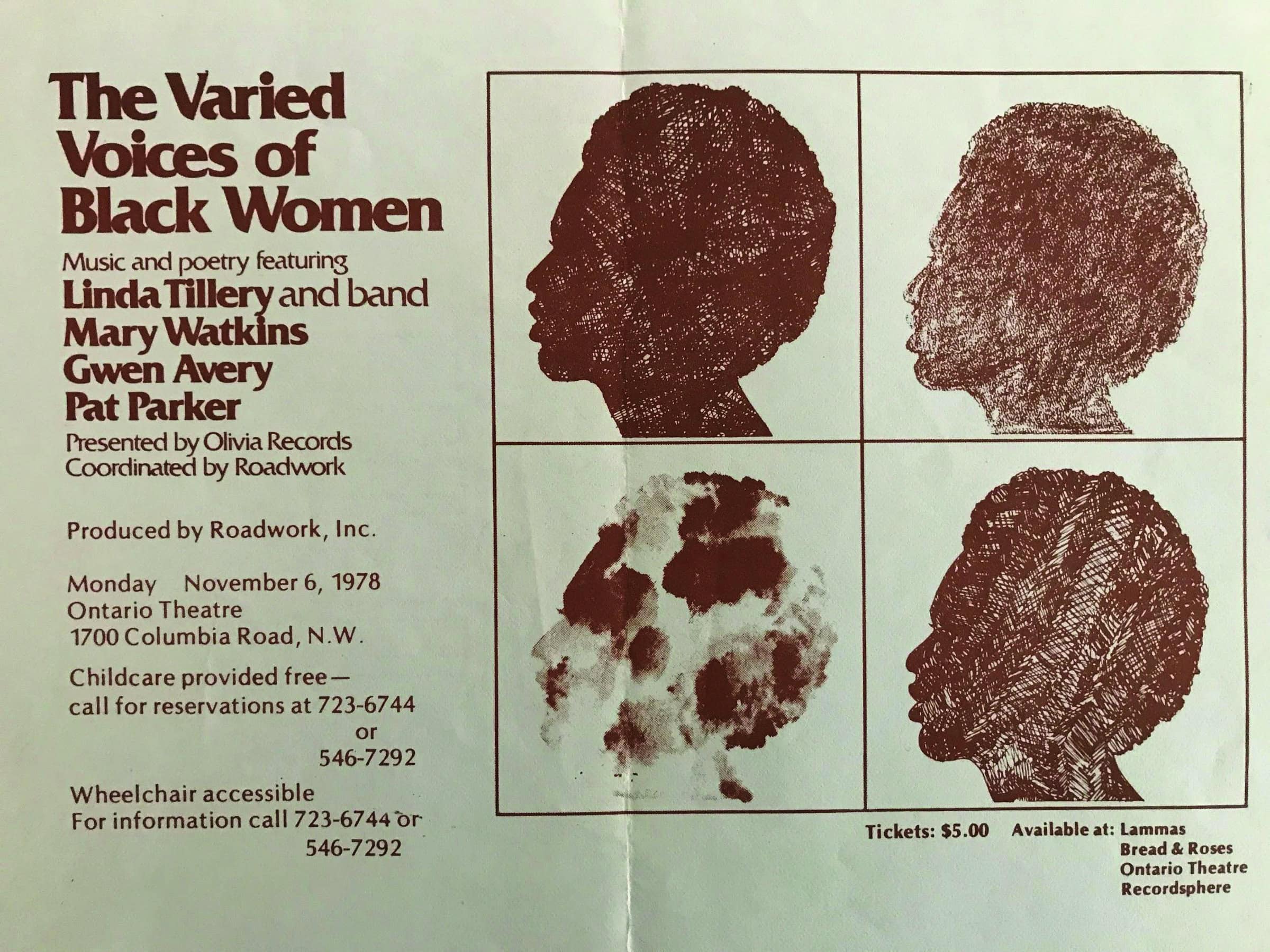A recent book review in Ms. magazine offered this commentary about Educating Ourselves: The College Woman’s Handbook (1995): “This incredibly thorough guide to everything from study groups to financial aid to safer sex to campus activism will get much more use than your Western civ. textbook.” No offense to the authors of Educating Ourselves (Rachel Dobkin and Shana Sippy), but history, even as incarnated in Western civilization texts, has a lot to offer college women, apropos of the very topics covered in this guide. Study groups? What about the Ladies Discussion Society at Langham Place that campaigned for, and eventually won, women’s rights to control their own earnings and property in late-19th-century Britain? Financial aid? What about the patronage of Rachel Levin by salonniére Henrietta Herz in 18th-century Berlin? Safer sex? Although the first documented use of condoms can be found in the writings of Fallopius, in 1564, anecdotal evidence suggests a much longer genealogy. Campus activism? The heroic fight of women to gain access to higher education often inspires contemporary students as they learn of the prejudices that led to the view that rigorous study caused women’s brains to overheat and their “mammary function” to cease, to quote the pedagogue G. Stanley Hall, writing in 1905. I mention these specific details because they never fail to enliven student interest—the foremost advantage of gendering the survey.
A generation of integrating women into the history curriculum is starting to bear fruit, and this too is a story worth telling. But integrating women into the Western civilization survey is not the same as gendering it. In my view, to gender the survey is to call attention to the social constructedness of gender, to its historical specificity and relativity. In attempting to gender my Western civilization survey I begin with a consideration of “one sex” versus “two sex” theories. At least as far back as Aristotle, “learned” people thought the female was an undeveloped male whose genitals had failed to enlarge sufficiently to exit the interior of her body. According to Thomas Laquer’s Making Sex: Body and Gender from the Greeks to Freud (1990), women were thus failed men, not the opposites of men, as “two sex” theories would have it.
Another way to describe the social constructedness of gender is to discuss differing attitudes toward homosexuality. When treating the ancient world this is easy, especially in the case of the Greeks who accepted male homosexuality as a normal stage in the life cycle and an important element in male community formation. And there are numerous cases of apparent homosexuality among monarchs, such as King James I of England and Queen Christina of Sweden. Nonetheless, the relative absence of lesbianism from the historical record speaks volumes about cultural attitudes toward female sexuality. For example, when in 1811 two female Scottish schoolteachers were accused of improper sexual conduct in Scotland, they were acquitted on the grounds that “the crime here alleged has no existence.” Social historians could cite other instances.
In regard to political history, the adage that the personal is political can be stood on its head: the political is personal, or at least gendered. Studying references to body metaphors in political theory demonstrates that reading politics through the lens of gender is as old as history itself. Take, for example, the iconography of the French Revolution, where the shift from the female allegory for liberty, Marianne, to the more brutal Hercules parallels the turn toward terror as government policy. The Revolution also offers the opportunity to examine how family metaphors function in political discourse. As Lynn Hunt put it in The Family Romance of the French Revolution (1992), the execution of a king must be read as patricidal given the ancient equation of kingship with fatherhood.
If the personal is political, so also is it historical, and another way to gender the survey is to trace the evolution of private life. The writings of scholars on the histories of childhood, emotion, smell, food, and clothing enable us to know more than ever before about the intimate lives of men and women in the past. One can scarcely do better than to begin with The Civilizing Process (1982) wherein Norbert Elias looks to the wearing of pajamas and the use of tableware as indicators of evolving early modern court culture, a culture in which gender distinctions became increasingly pronounced. Now we can truly begin to write a history of women as women and men as men–the best way to gender the survey.
I have mentioned a few of the many ways teachers can introduce the concept of gender into Western civilization courses. I have found, however, that truly transforming content demands the transformation of process, and gendering the survey has also led me to “gender” my pedagogy. The survey that acknowledges gender as a category of historical analysis raises topics students want to talk about: for example, how the Greeks viewed homosexuality, whether the exclusion of women from the public sphere was justified, why Marie Antoinette was more hated than Louis XVI. Small-group interactions prosper when focused on such topics. Debates, too, can engage students—male and female. Another active learning technique I have found especially successful is role playing, and I occasionally switch the genders of participants to further broaden their awareness of the relativity of ideas about gender. Such exercises heighten students’ sensitivity to the historical specificity of their own gendered behavior in the classroom. How do male and female students behave differently? How do males and females occupy physical space differently, and what are the implications of this for the quality of their respective educations? What can questions such as these tell us about Western civilization?
Active learning techniques also have the advantage of diffusing student discomfort. Some students complain that gender “isn’t real history”; others tell me to “save it for a women’s studies or women’s history class.” Debates, role playing, and small-group discussions give these students the opportunity to say what they think. In these forums, I try to work with, instead of against, student discomfort, and I have often found that the most meaningful learning fol lows upon the heels of the greatest resistance.
But resistance can be minimized at the outset by normalizing the consideration of gender so that it is an integral part of the whole course, rather than the occasional departure from the “norm.” For example, it is effective to ground gender in historiography on the first day of class or even on the syllabus, in order to demonstrate that gender is as valid a category of historical analysis as any other. And I am a firm believer in having the right resources. The inclusion of gender-related topics cannot be easily attributed to the teacher’s quirkiness when these are supported by slides, films, recordings, primary sources, and especially texts—which brings me back to Western civilization texts, as well as to Ms. Western civilization texts, it would now appear, are more relevant than ever to the lives of college men and women.
Tracey Rizzo is assistant professor of history at the University of North Carolina at Asheville where she teaches the humanities survey, European women's history, and the French Revolution. She is currently revising her first book, Anticipating the Republic of Virtue: Gender and Citizenship in 18th-Century Trials, and is coediting an anthology of French Revolution documents due out next spring.


